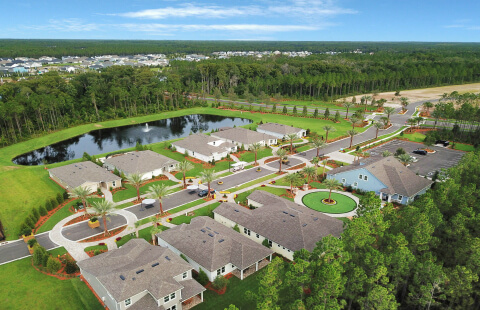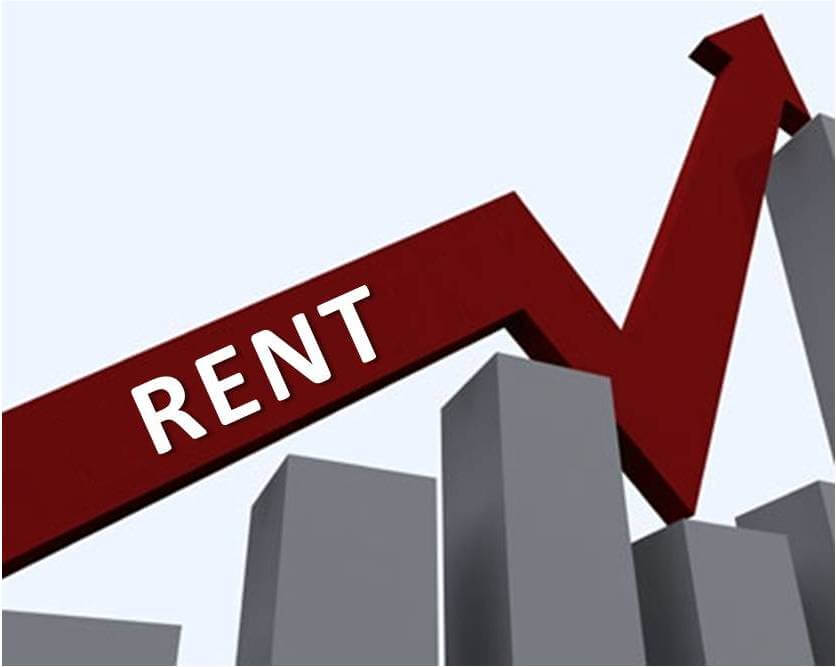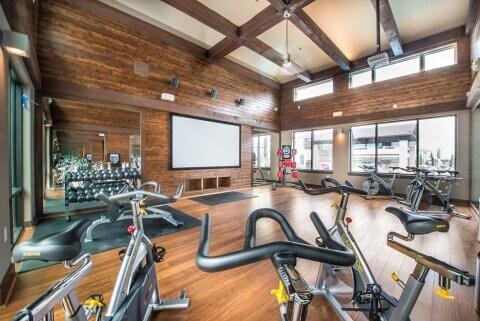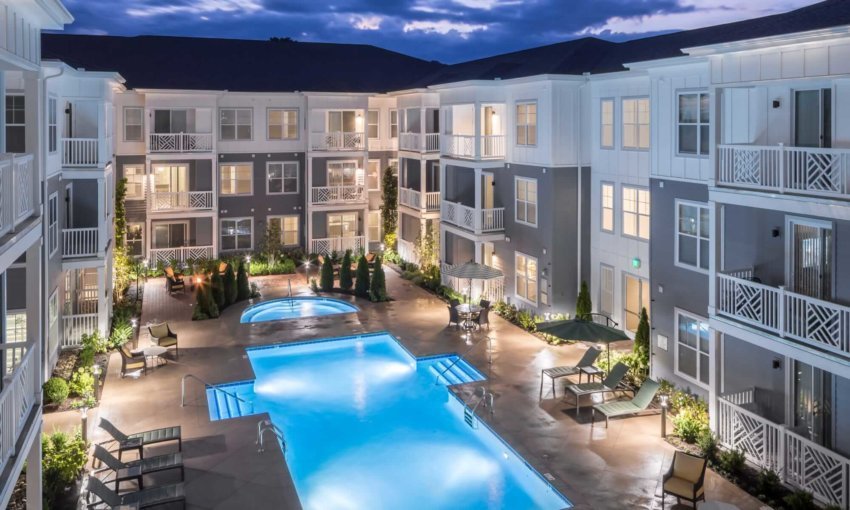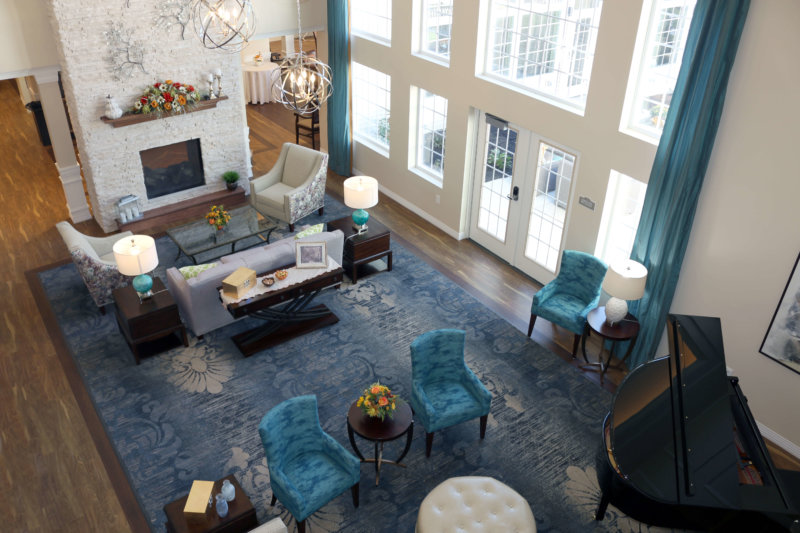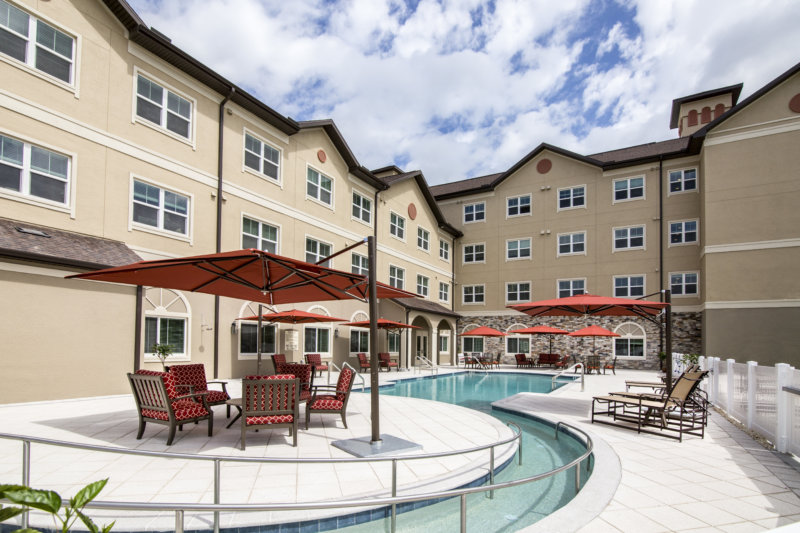Active adult or age-restricted housing continues to experience strong growth, while multifamily housing development is showing signs of slowing. The active adult market hasn’t yet been flooded by national developers, leaving opportunities for real estate investors and developers who want to enter this exciting market. Active adult housing has experienced year-over-year growth every year since 2012 without any signs of slowing down, and with Baby Boomers beginning to retire and downsize, now is the perfect time to consider active adult.
Nearly all of the approximately 75 million Baby Boomers are already over age 55. As Baby Boomers begin to retire, many are looking to downsize and start a new lifestyle. However; most are not ready for assisted living or traditional senior living communities. Today’s seniors are looking for simpler lifestyles featuring single-story floor plans with little to no maintenance. Community amenities like walking trails, clubhouses, and activities are located close to...
Read More >
